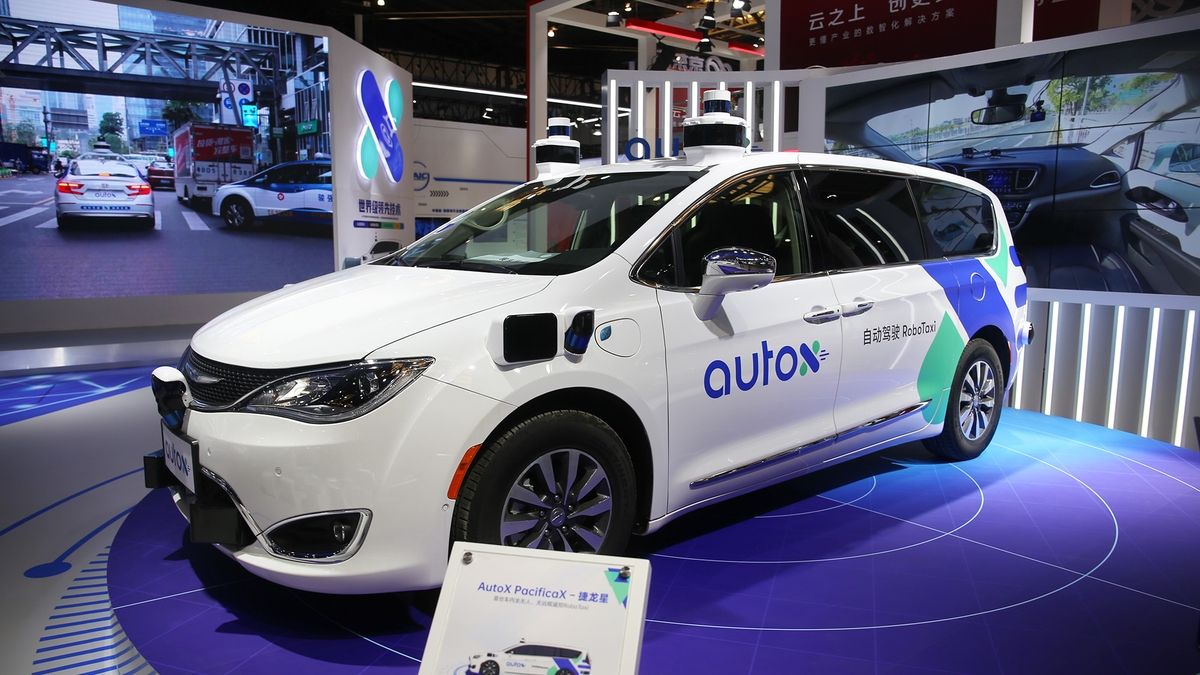
February 14, 2024: Autonomous Vehicles Adopt a New Role – The Co-Pilot
Autonomous Vehicles Evolve: From Solo Act to Co-Pilot
In the ever-changing world of automotive technology, the pursuit of fully autonomous vehicles has encountered unexpected hurdles. Consequently, the industry is now shifting its focus towards developing advanced driver-assistance systems that enhance human drivers’ capabilities rather than completely replacing them.
Companies like Waymo, Honda, Nuro, and Cruise have made significant strides in their quest for autonomous services. However, the lack of a fully autonomous system as of early 2024 has prompted a rethinking of the role these vehicles will play in our lives.
The new paradigm sees autonomous vehicles acting as co-pilots, offering support and assistance to human drivers while they remain in control.
Regulations and Safety Measures: Addressing Concerns
As autonomous vehicle technology continues to evolve, so do the regulatory requirements for integrating these cars into existing environments.
A renewed push for autonomous truck regulations now necessitates safety operators onboard heavy-duty self-driving trucks. These measures aim to address tensions between the AV industry and the public following accidents involving driverless cars.
The Autonomous Vehicle Industry Association advocates for the coexistence of AVs and human drivers, emphasizing the need for both in California’s supply chain.
Proposed laws align with Teamsters-supported bills calling for AV safety standards and local municipality involvement in AV deployment.
UK Government’s Vision: Self-Driving Vehicles by 2025
Across the Atlantic, the UK government has announced its plans for the deployment of self-driving vehicles by 2025.
The focus is on creating a regulatory framework, improving road safety, reducing congestion, and increasing productivity. A study commissioned by the government is considering additional policies, governance, and infrastructure needed for connected and automated mobility.
While the journey towards fully autonomous vehicles may be more complex than initially anticipated, the progress made in advanced driver-assistance systems is undeniable. The road ahead may not lead to a world without human drivers, but it does promise a future where autonomous and human drivers coexist, working together to make our roads safer and more efficient.
In conclusion, the autonomous vehicle industry is redefining its goals, shifting from full autonomy to creating co-pilot systems that assist human drivers. Regulatory measures are being put in place to ensure safety and cooperation between autonomous and human-driven vehicles. As we move forward, the collaboration between humans and machines on the road looks set to become the new norm.
